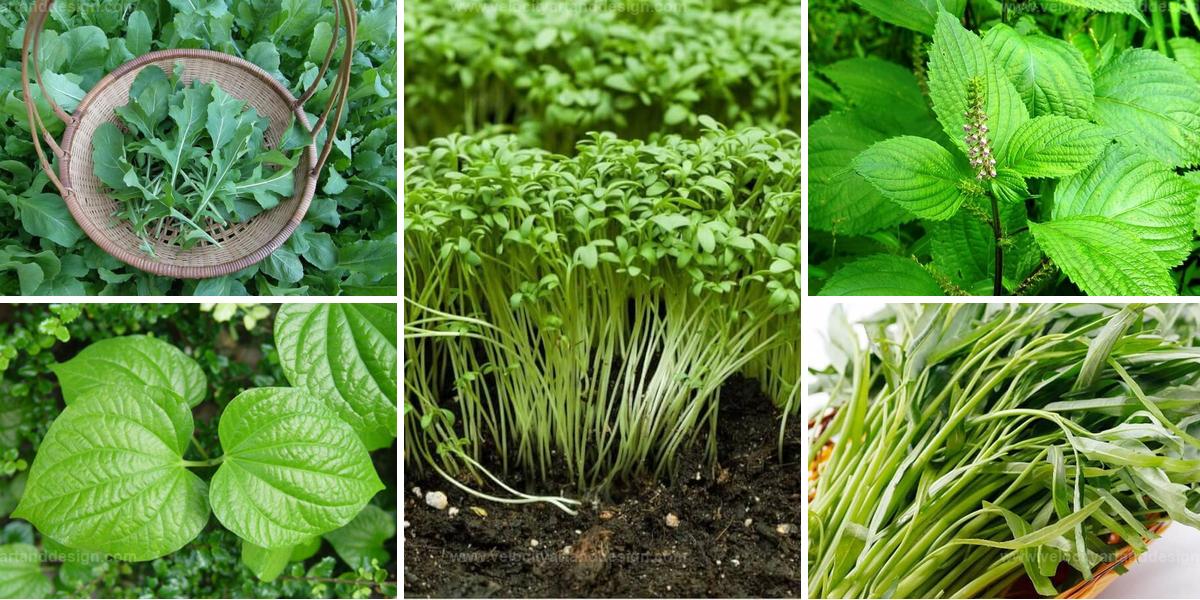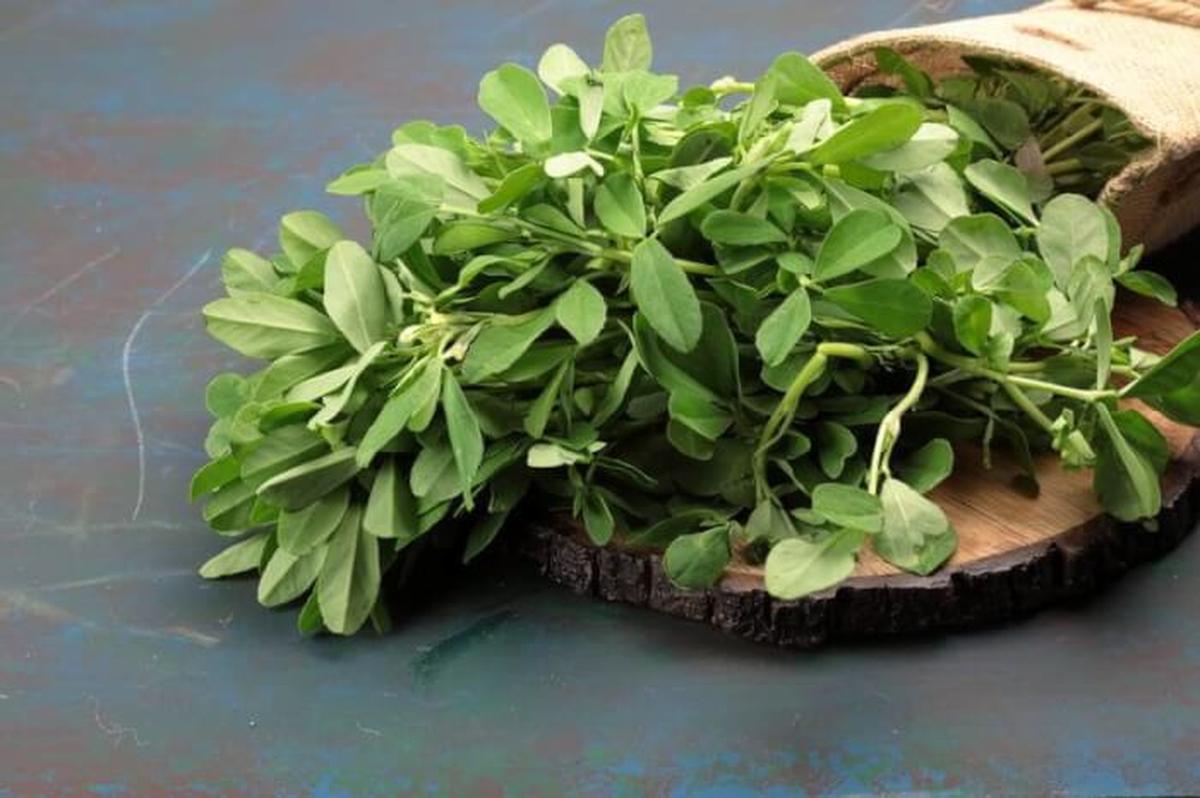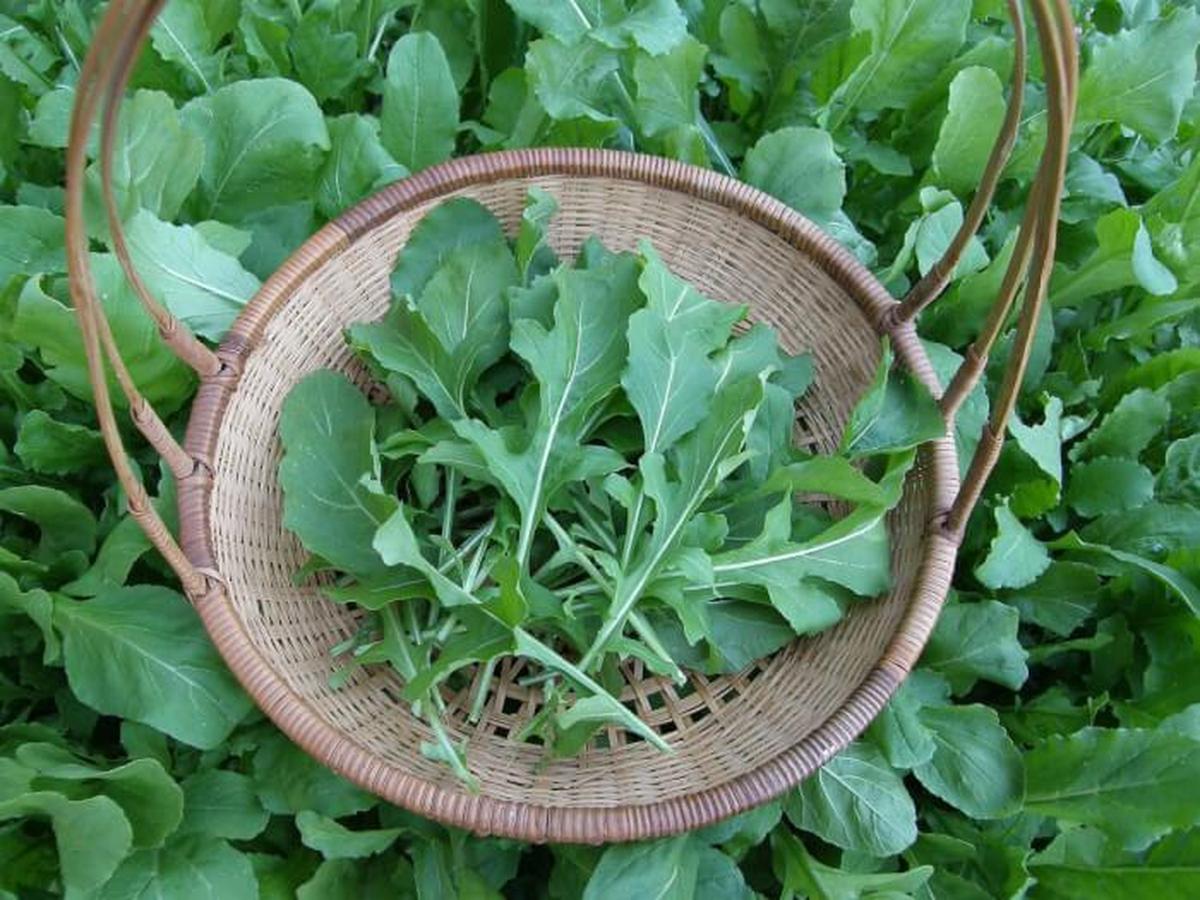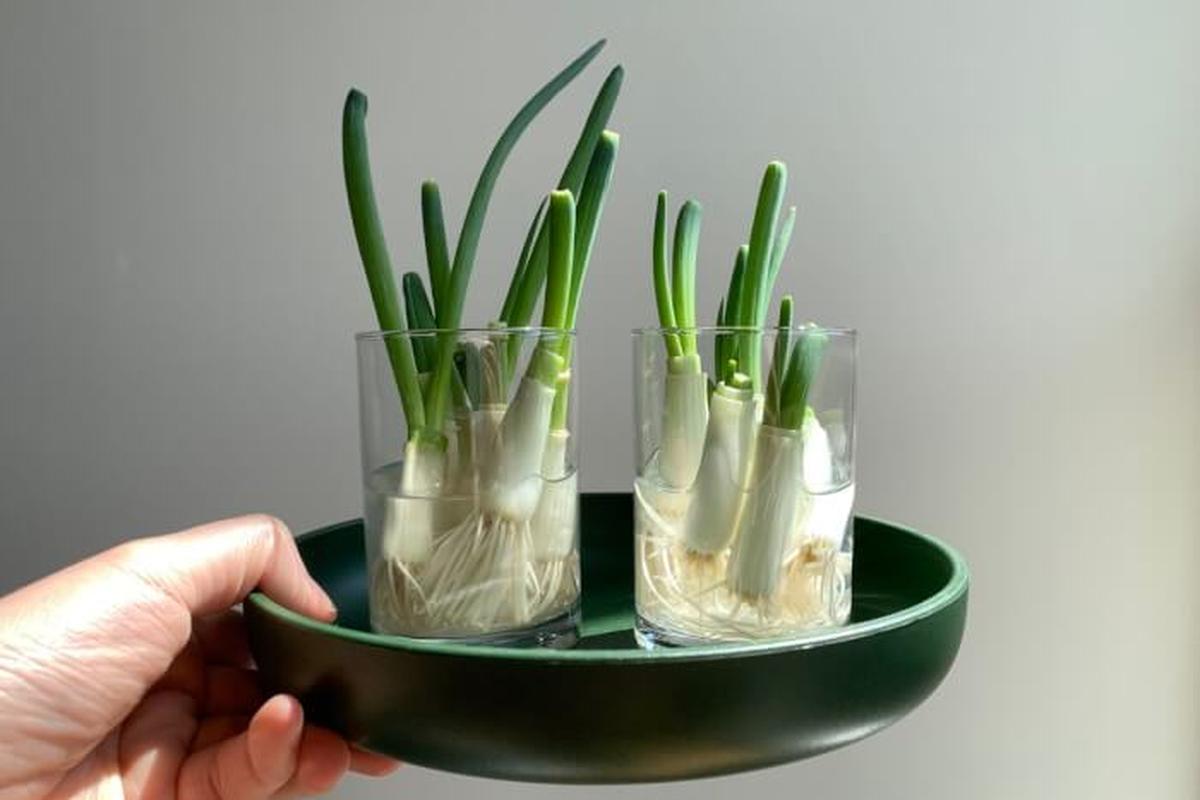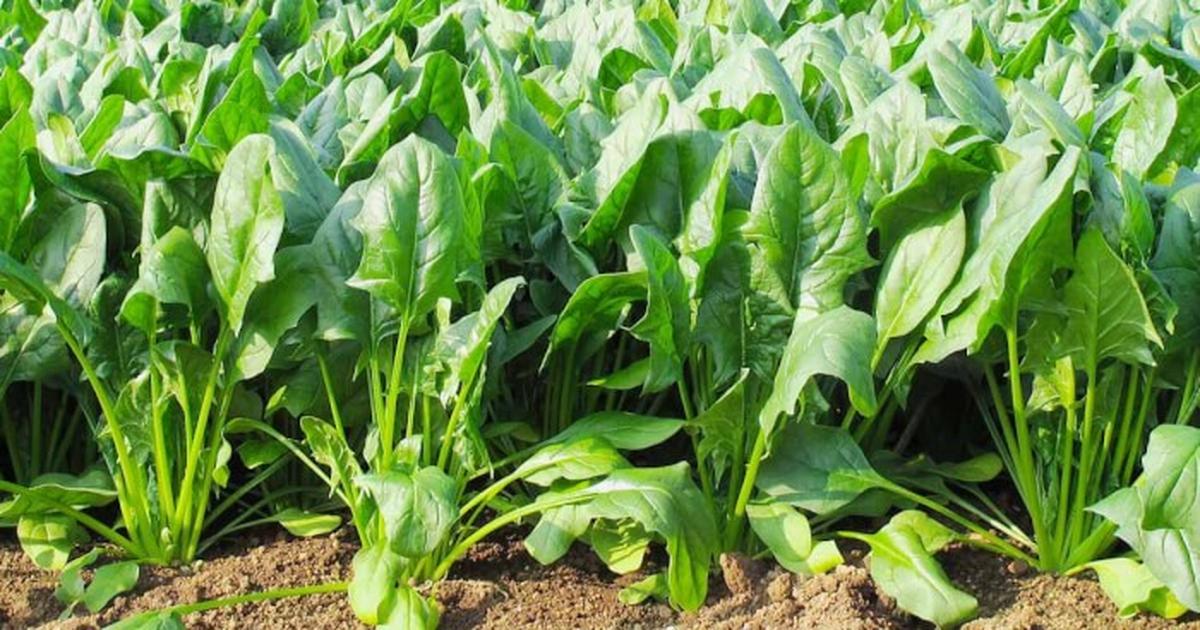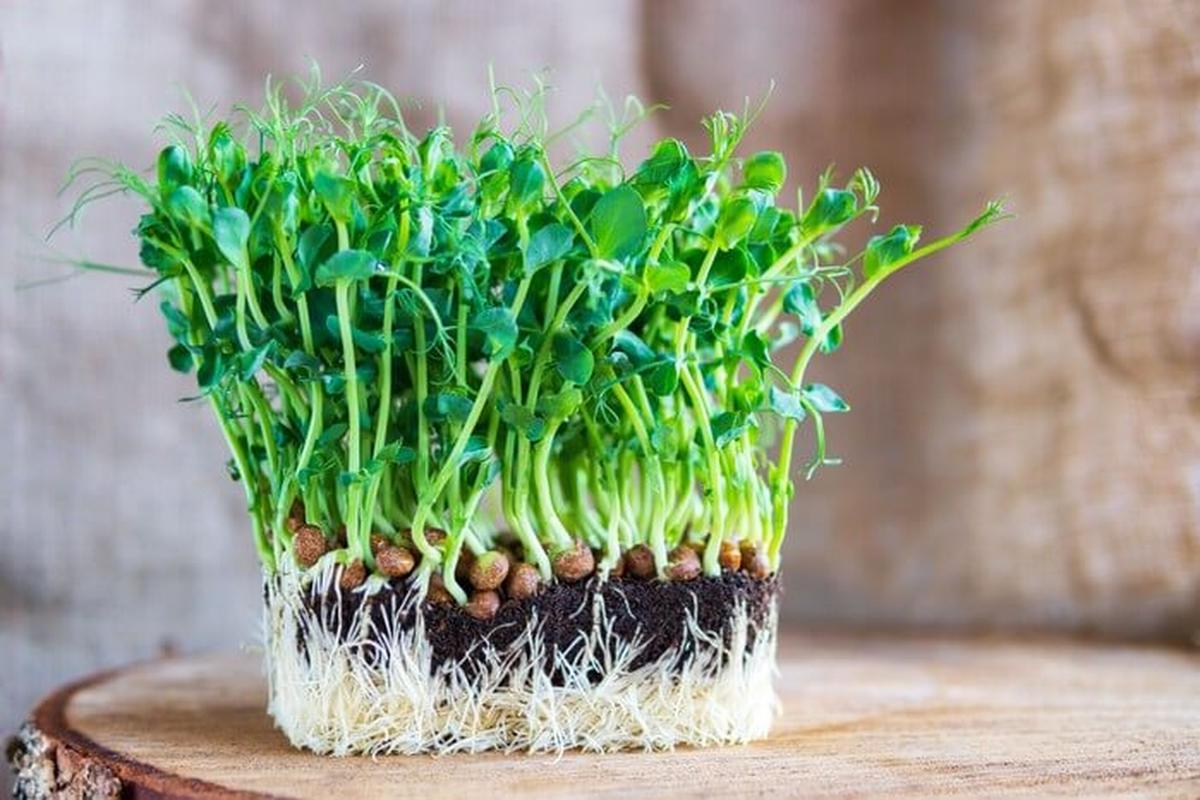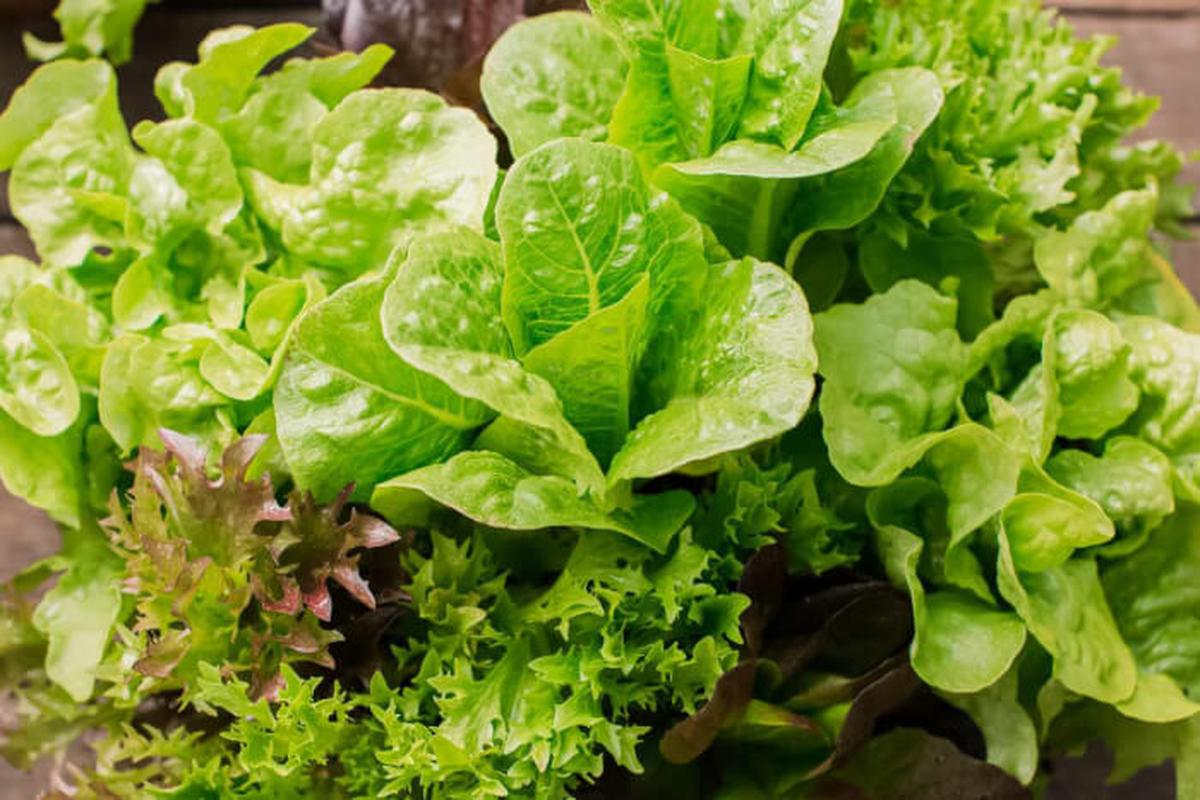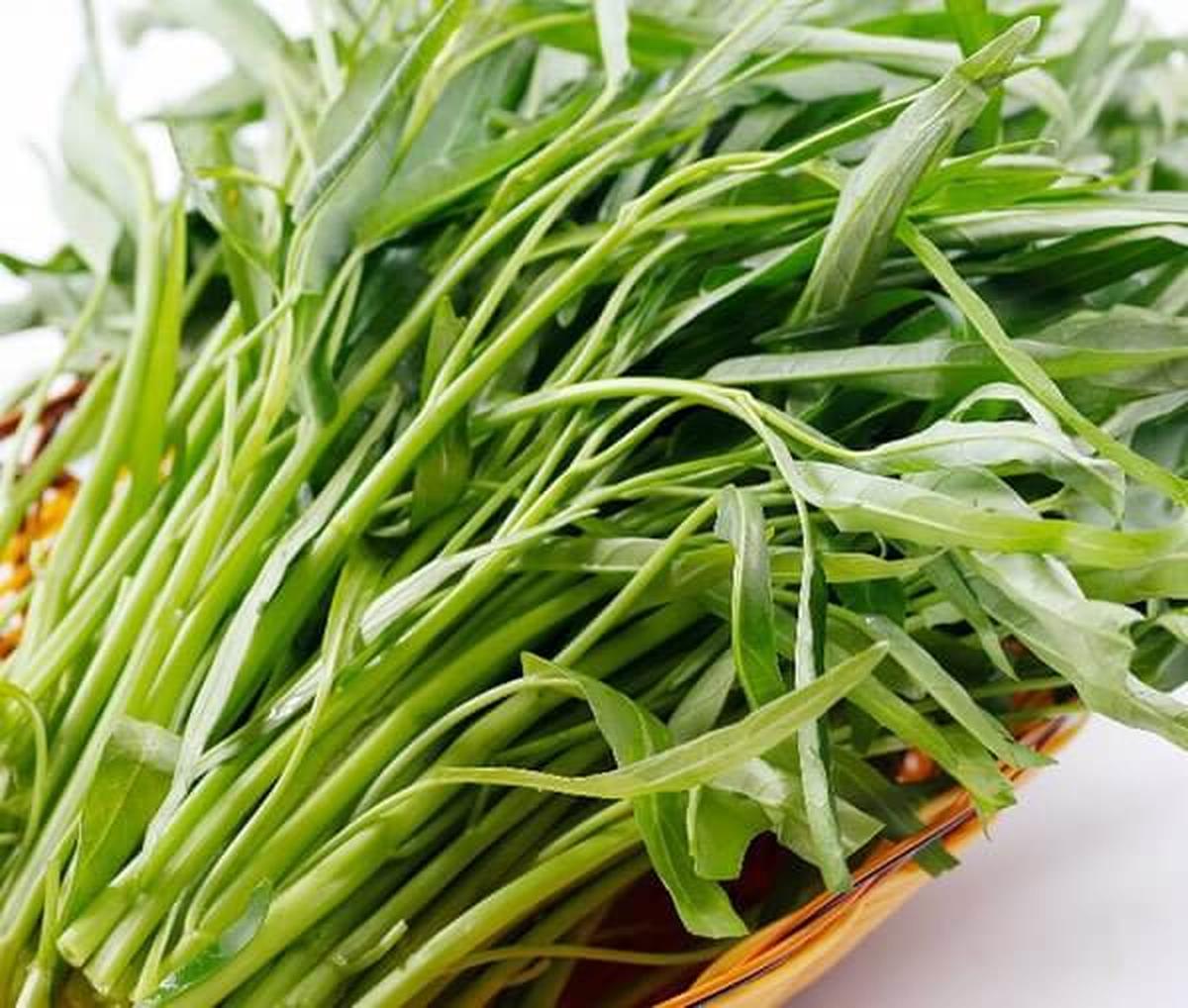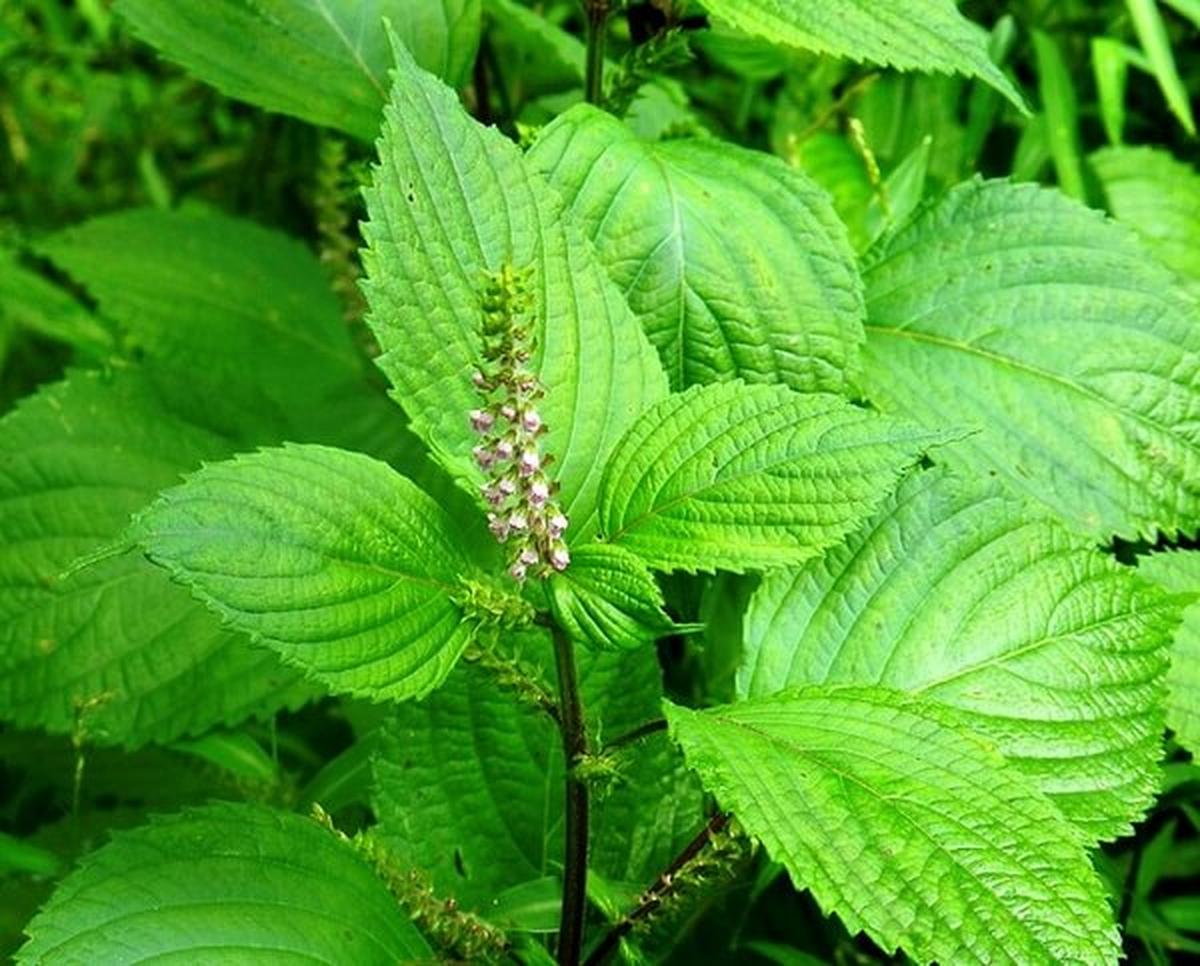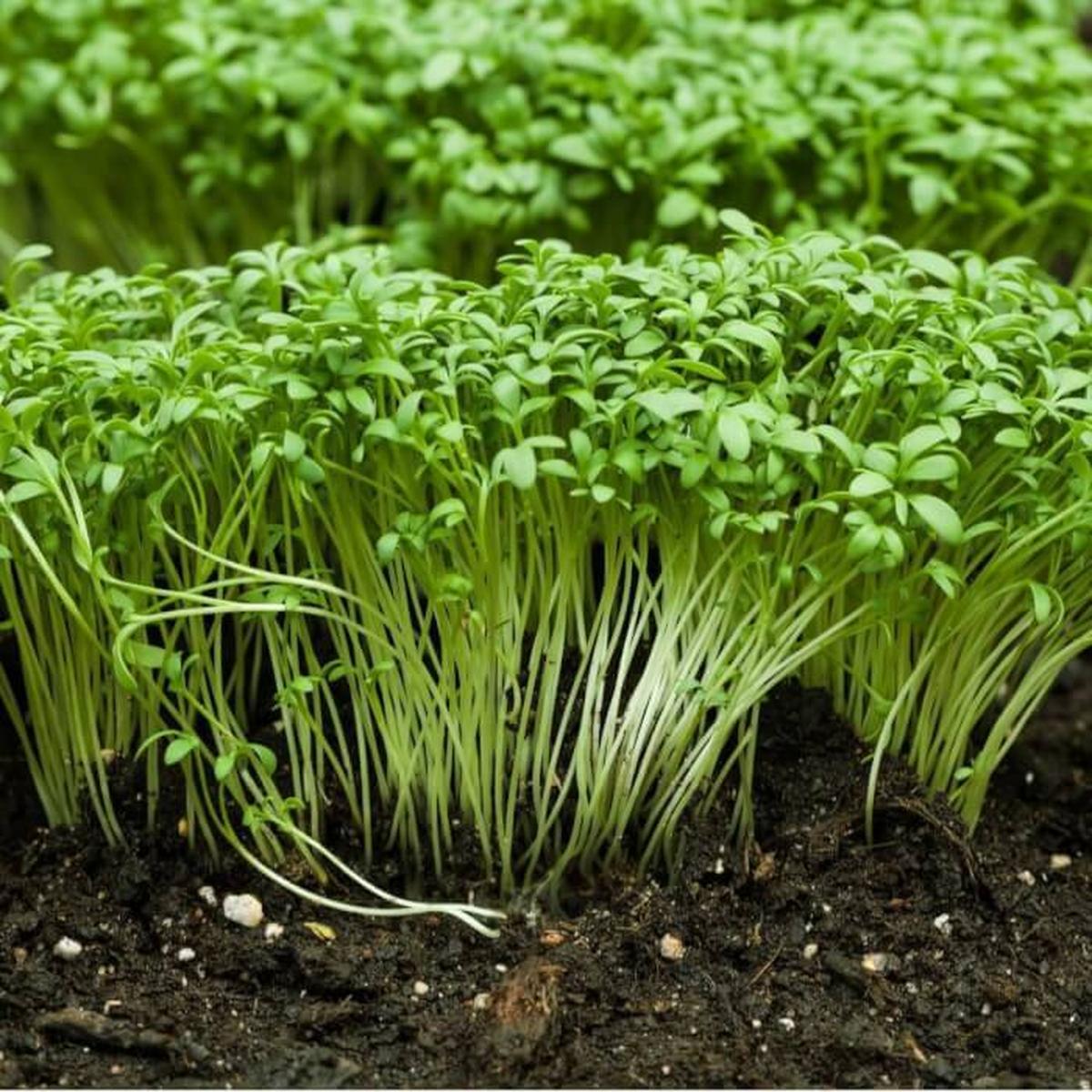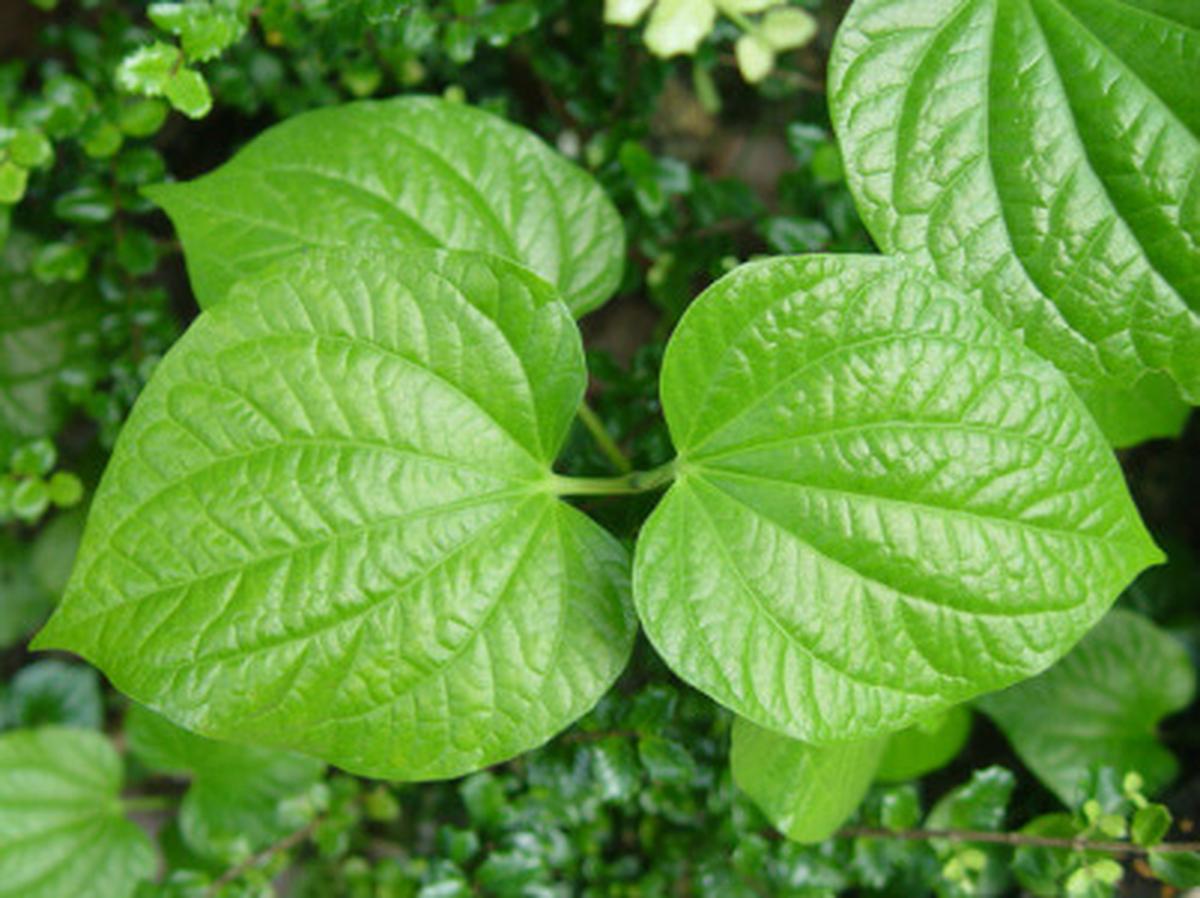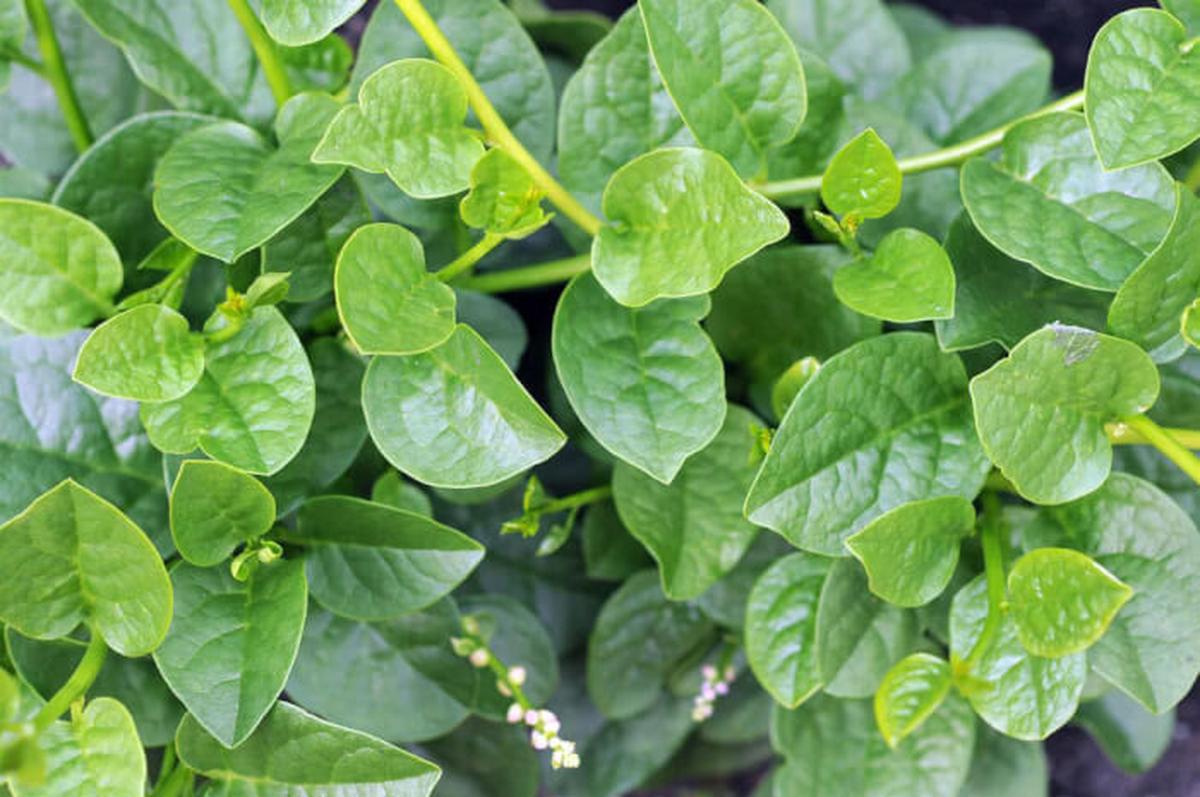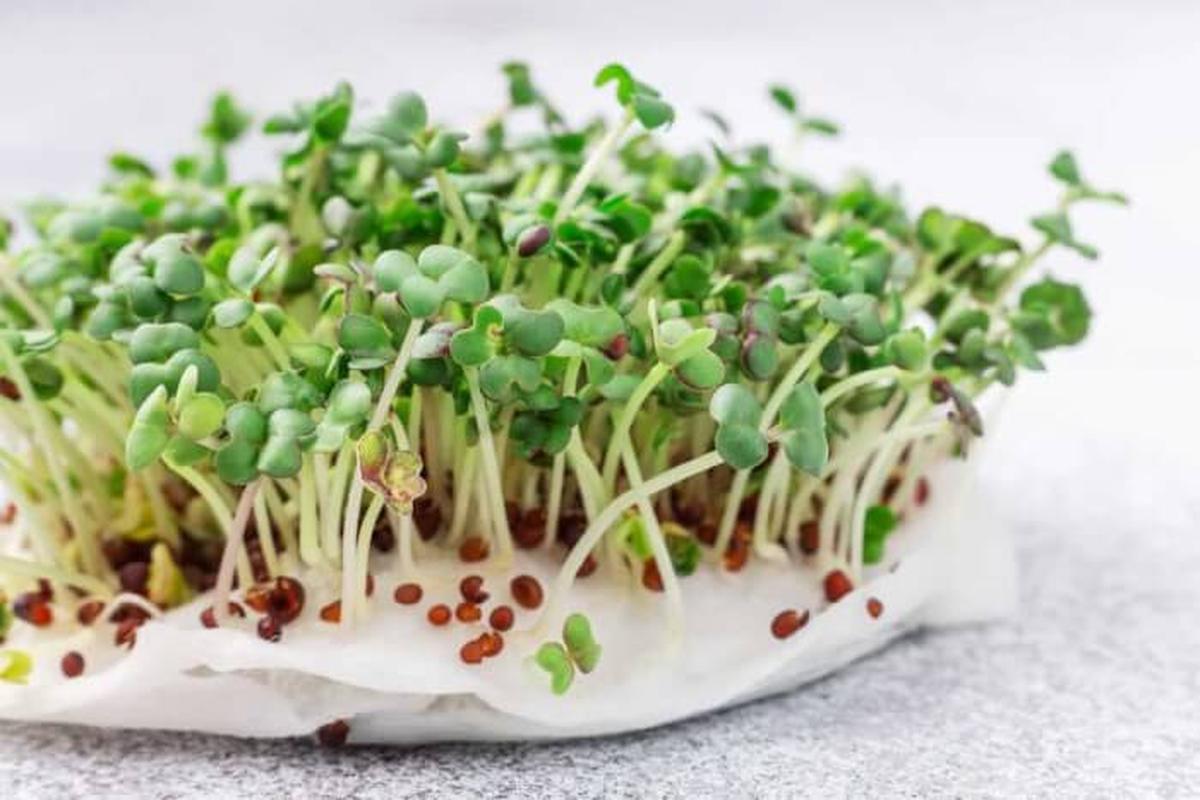12 Fast-Growing Leafy Greens for Your Garden
Fast-growing leafy green vegetables are ideal for those who love fresh produce with minimal waiting time. These vegetables thrive in a variety of climates, making them a popular choice for gardeners of all skill levels.
Their rapid growth allows you to harvest nutritious greens more frequently, ensuring a continuous supply. These plants are also versatile, fitting into different garden spaces or even indoor pots.
They not only grow quickly but also offer high nutritional value, making them a great addition to any garden. Here are 12 fast-growing leafy green vegetables to try in your garden:
Fenugreek
Fenugreek, known scientifically as Trigonella foenum-graecum, is a remarkable herb with numerous advantages. This plant flourishes quickly; within just 30 days of sowing seeds, you can enjoy your harvest.
Beyond its aesthetic appeal in the garden, fenugreek boasts medicinal properties and contributes to soil enhancement while offering a distinctive taste to dishes. To cultivate this herb effectively, ensure that the soil remains consistently moist after planting but be cautious not to overwater it as excess moisture can hinder growth.
Enjoy nurturing this versatile addition to your home garden!
Arugula
Arugula, known scientifically as eruca sativa, is a dynamic leafy green with distinct characteristics. As it matures, the leaves evolve from a peppery zest to a more bitter taste, offering complex flavors for your palate.
Rich in vitamin K, this herb not only supports bone health but may also play a role in reducing inflammation and guarding against certain cancers. When cultivating arugula, aim for bright sunlight and plant during the cooler seasons of spring or fall for optimal growth.
Enriching its soil with nutrients will ensure robust development and enhance flavor profiles significantly.
Green Onions
Green onions, also known as allium cepa, offer a delightful combination of grassy sweetness with a hint of tanginess. Packed with essential nutrients like calcium and vitamin A, they are rich in beta-carotene, folate, and vitamin C.
Cultivating these vibrant veggies requires ample sunlight; aim for a spot that enjoys at least six to eight hours each day. They thrive best in fertile soil that drains well and prefer being planted in raised beds for optimal growth conditions.
Enjoy the burst of flavor they bring to your dishes while reaping their health benefits!
Spinach
Spinach, or Spinacia oleracea, excels in both raw and cooked dishes. Its nutritional profile is impressive, boasting significant amounts of vitamins A, B, C along with iron and calcium that surpass most leafy greens.
For optimal growth conditions, planting spinach seeds should occur when soil temperatures hit 40F. This hardy plant thrives best in cool weather for about six weeks from sowing to harvest.
If you’re looking to boost your diet with nutrient-rich greens, adding spinach can be an excellent choice.
Pea Shoots
Pea shoots offer a fantastic option for those looking to grow nutritious greens at home. These vibrant plants flourish quickly, thriving on windowsills or outdoors in pots and garden beds.
Packed with vitamins A, B6, C, E, and K, they contribute significantly to a healthy diet. To cultivate these edible delights effectively, focus on well-prepared soil free from weeds.
Whether you choose the ground or containers for planting them requires creating a shallow trench about 15-20 cm wide and 8-10 cm deep; if using pots opt for broad containers around 8 to 10 cm deep.
Lettuce
Lettuce, scientifically recognized as lactuca sativa, plays a crucial role in many diets worldwide. This leafy green is primarily enjoyed raw and serves as the base for countless salads.
Different types of lettuce offer varying nutritional benefits; generally, it provides essential vitamins like K and A that support overall health. Growing this vegetable can be quite straightforward since it thrives in cooler temperatures between 60 to 70 degrees Fahrenheit during spring and fall seasons.
Some varieties allow you to enjoy microgreens within weeks while others take only about thirty days from seed to harvest.
Water Spinach
Water spinach, known scientifically as lactuca sativa, boasts a delightful mild flavor with hints of sweetness and earthiness. Young leaves and stems offer the best taste profile when cooked.
Growing this versatile plant is straightforward; it flourishes in rich, loamy soil within containers that are at least 12 inches deep and wide. Ideally planted during summer to early fall, water spinach requires around four hours of sunlight each day for optimal growth while needing consistent moisture in the soil.
Enjoying fresh greens from your garden can be rewarding and adds unique flavors to various dishes.
Perilla Plants
Perilla plants, known scientifically as perilla frutescens, are a versatile herb that can elevate your garden's appeal. This remarkable plant not only enhances culinary dishes with its nutty and minty flavor but also serves as a natural remedy for conditions like asthma and digestive issues.
To cultivate these herbs successfully, begin by starting seeds indoors in moist potting soil within grow trays. Ensure the seeds receive adequate light without excessive covering to promote germination over one to three weeks.
Once they reach about three inches in height, transplant them outdoors for continued growth and harvest potential.
Garden Cress
Garden cress, scientifically known as Lepidium sativum, is an impressive herb with numerous health benefits. It plays a significant role in enhancing bone strength and bolstering the immune system due to its rich nutrient profile.
This plant thrives indoors near windows during winter months, allowing you to enjoy fresh greens regardless of the season. In warmer climates, expect your microgreens to sprout within five to seven days; cooler areas may take up to two weeks for optimal growth.
Commonly used in salads or sandwiches, its curly leaves add not only flavor but also vibrant appeal as garnishes on various dishes.
Wild Pepper
Wild pepper, scientifically known as piper sarmentosum, is a remarkable plant appreciated for its culinary and medicinal properties. Its leaves carry a subtle peppery aroma with a hint of bitterness.
People use them to address various health issues such as coughs and heart conditions while also applying them on wounds for healing purposes. To cultivate this vibrant plant successfully, ensure it receives ample water during the growing season; frequent watering in spring and summer will support its growth well.
Initially, aim to hydrate the wild pepper once or twice weekly until it establishes itself fully in your garden.
Malabar Spinach
Malabar spinach, scientifically known as basella alba, is a nutritious leafy green that packs a punch. Rich in essential nutrients such as calcium, iron, and vitamins A, B, and C, it offers great health benefits with its high fiber content and low calorie count.
When cultivating this warm-season vegetable at home, timing matters; wait until the danger of frost has subsided before planting outdoors. For those eager to start early indoors should consider seeding six to eight weeks prior to the last frost date.
Germination typically occurs within three weeks for quick growth results.
Microgreens
Microgreens offer a delightful way to enhance your dishes with fresh flavors and vibrant colors. These tiny plants, including varieties like mustard greens, kale, arugula, and basil, not only add unique tastes but also bring visual appeal to your meals.
Growing them is straightforward; begin by moistening the soil without flooding it. In roughly two weeks after sprouting true leaves, you can harvest these nutritious greens using scissors just above the soil line.
Unfortunately, they won’t regrow once harvested; you'll need new seeds for another crop. Embrace this culinary trend in your kitchen today!

